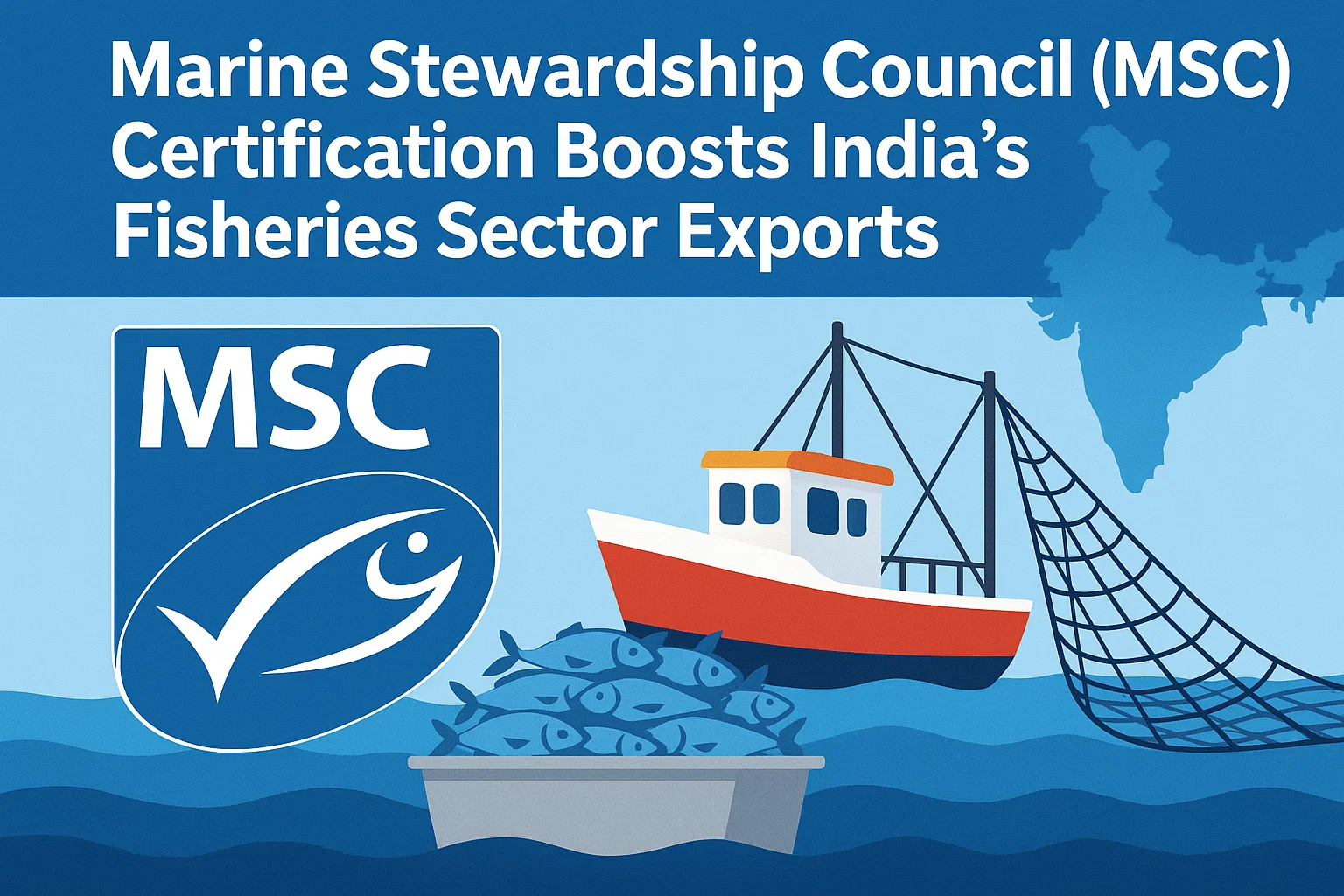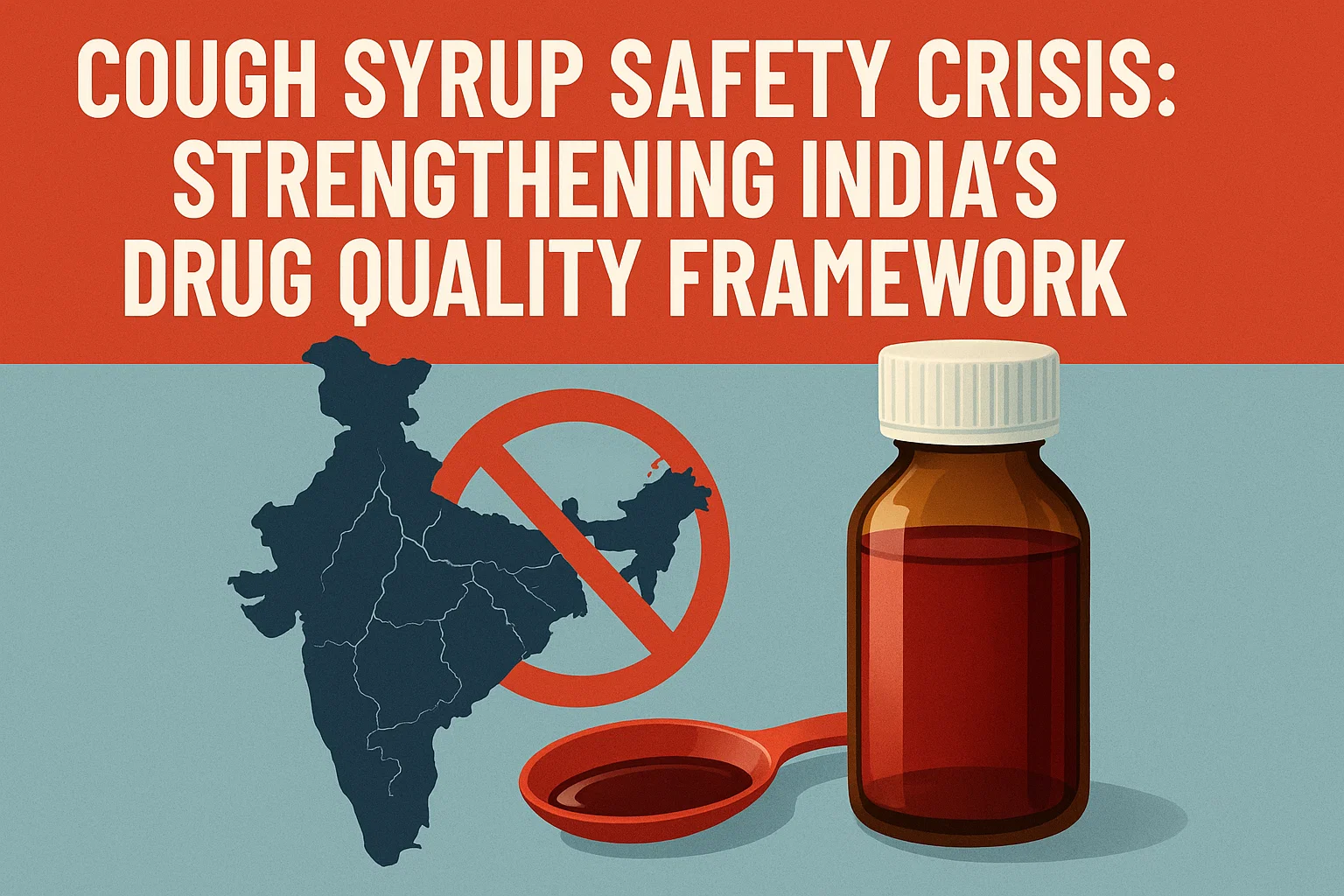Font size:
Print
Kerala’s ‘Vruthi’ Campaign
How is Kerala handling its waste problem?
Context:
Since October 2, 2024, Kerala has been leading an ambitious and inclusive cleanliness campaign titled ‘Vruthi’, aimed at achieving not just physical sanitation but also mental well-being.
More on News
- The word Vruthi stands for the cleanliness of body and mind — and the campaign reflects that holistic approach.
- From government officials and film stars to school children, local leaders, and sanitation workers, the initiative has mobilised a wide spectrum of society.
Landmark Moment: Clean Kerala Conclave 2025
- At the recently held ‘Vruthi 2025: The Clean Kerala Conclave’ in Thiruvananthapuram, around 25,000 participants gathered to assess progress.
- The Local Self-Government Minister highlighted a significant achievement: waste collection now covers 75% of households, up from just 40% a year ago — marking a major milestone in Kerala’s journey toward sustainable urban cleanliness.
Why the Vruthi Campaign Was Needed
- Historically, Kerala maintained a high standard of hygiene, largely due to organic, low-volume waste that could be managed at the household level.
- However, post-liberalisation, changing consumption patterns and rapid urbanisation introduced non-biodegradable waste that traditional systems could no longer handle.
- With agriculture now contributing less than 10% to the State GDP, the shift to market-driven lifestyles led to higher waste volumes, threatening public spaces and health.
Health as a Catalyst for Urban Reform
- Just as the plague in 17th-century England triggered modern urban planning principles, Kerala’s own public health challenges — such as zoonotic disease outbreaks, rising stray dog attacks, and even the tragic drowning of a sanitation worker — have catalysed action.
- The result is a people-first initiative: ‘Malinya Muktham Nava Keralam’ (Waste-Free New Kerala), backed by both government will and citizen participation.
What Sets Kerala’s Waste Management Model Apart
- Unlike the top-down, supply-driven Swachh Bharat Mission (SBM), Kerala’s campaign focuses on behavioural change and decentralised innovation.
- Rather than prescribing a one-size-fits-all model, the campaign encourages local governments to adopt context-specific solutions.
- At the Vruthi conclave, discussions spanned a wide range of techniques — from Black Soldier Fly composting to windrow composting — empowering municipalities to choose solutions best suited to their needs.
- Importantly, the campaign is technology-neutral, allowing flexibility in implementation.
Decentralised vs Centralised Solutions: Learning from Both
- Kerala’s strategy does not view decentralised and centralised solutions as mutually exclusive. Instead, it draws lessons from both successes and failures. For instance:
- Success Story: Guruvayur Municipality’s centralised waste treatment facility.
- Failure Case: Kochi’s mismanaged centralised system, which led to the disastrous Brahmapuram landfill fires in 2023.
- While the State has increased financial support for local self-governments, capacity gaps remain a key challenge.
- The Kerala Urban Policy Commission has emphasised that professionalising waste management services is critical for long-term success.
Sustaining the Momentum
- Although current progress is promising, the campaign still follows a linear, state-driven model.
- The ongoing slogan, “My waste, my responsibility,” needs to resonate across every household and institution, ensuring that waste management becomes a collective cultural norm rather than a policy push.


